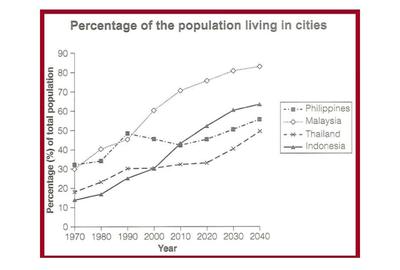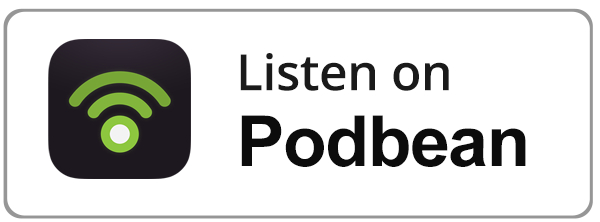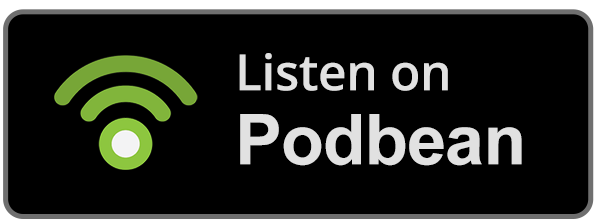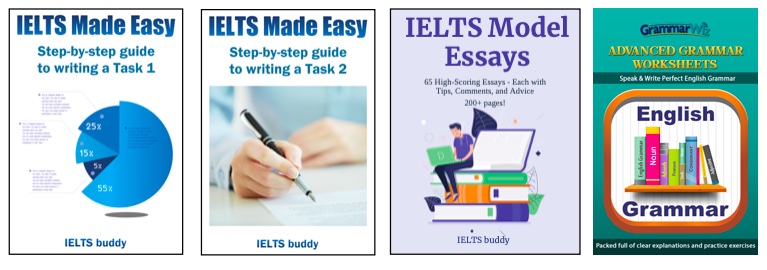- Home
- Practice Tests
- Reading Practice Test
IELTS Reading Practice Test Academic with Answers
This IELTS reading practice test academic with answers will give you the opportunity to practice Short Answer, Multiple Choice and Summary Completion (selecting from a list of words or phrases) types questions.
The Art of the Perfect Nap
Done wisely, naps can be a valuable way to boost your focus and energy. A sleep researcher explains how to get it right.
You’re in the middle of the afternoon, eyelids heavy, focus slipping. You close your eyes for half an hour and wake up feeling recharged. But later that night, you’re tossing and turning in bed, wondering why you can’t drift off. That midday snooze which felt so refreshing at the time might be the reason. Naps have long been praised as a tool for boosting alertness, enhancing mood, strengthening memory, and improving productivity. Yet for some, they can sabotage nighttime sleep.
Napping is a double-edged sword. Done right, it’s a powerful way to recharge the brain, improve concentration, and support mental and physical health. Done wrong, it can leave you groggy, disoriented, and struggling to fall asleep later. The key lies in understanding how the body regulates sleep and wakefulness. Most people experience a natural dip in alertness in the early afternoon, typically between 1 pm and 4 pm. This isn’t just due to a heavy lunch—our internal body clock, or circadian rhythm, creates cycles of wakefulness and tiredness throughout the day. The early afternoon lull is part of this rhythm, which is why so many people feel drowsy at that time.
Studies suggest that a short nap during this period—ideally followed by bright light exposure—can help counteract fatigue, boost alertness, and improve cognitive function without interfering with nighttime sleep. These “power naps” allow the brain to rest without slipping into deep sleep, making it easier to wake up feeling refreshed. But there’s a catch: Napping too long may result in waking up feeling worse than before. This is due to “sleep inertia”—the grogginess and disorientation that comes from waking up during deeper sleep stages.
Once a nap extends beyond 30 minutes, the brain transitions into slow-wave sleep, making it much harder to wake up. Studies show that waking from deep sleep can leave people feeling sluggish for up to an hour. This can have serious implications if they then try to perform safety-critical tasks, make important decisions, or operate machinery, for example. And if a nap is taken too late in the day, it can eat away from the “sleep pressure build-up”—the body’s natural drive for sleep—making it harder to fall asleep at night.
When Napping Is Essential
For some, napping is essential. Shift workers often struggle with fragmented sleep due to irregular schedules, and a well-timed nap before a night shift can boost alertness and reduce the risk of errors and accidents. Similarly, people who regularly struggle to get enough sleep at night—whether due to work, parenting, or other demands—may benefit from naps to bank extra hours of sleep that compensate for their sleep loss.
Nonetheless, relying on naps instead of improving nighttime sleep is a short-term fix rather than a sustainable solution. People with chronic insomnia are often advised to avoid naps entirely, as daytime sleep can weaken their drive to sleep at night.
Certain groups use strategic napping as a performance-enhancing tool. Athletes incorporate napping into their training schedules to speed up muscle recovery and improve sports-related parameters such as reaction times and endurance. Research also suggests that people in high-focus jobs, such as health care workers and flight crews, benefit from brief planned naps to maintain concentration and reduce fatigue-related mistakes. NASA has found that a 26-minute nap can improve performance of long-haul flight operational staff by 34 percent, and alertness by 54 percent.
How to Nap Well
To nap effectively, timing and environment matter. Keeping naps between 10 and 20 minutes prevents grogginess. The ideal time is before 2 pm—napping too late can push back the body’s natural sleep schedule. The best naps happen in a cool, dark, and quiet environment, similar to nighttime sleep conditions. Eye masks and noise-canceling headphones can help, particularly for those who nap in bright or noisy settings. Avoiding caffeine and heavy meals before napping also helps ensure that you’ll fall asleep quickly without disrupting your rest. It’s important to give yourself a few minutes to unwind before lying down, as this will help you relax and fall asleep faster. Meditation, deep breathing, or a short walk before napping can also help calm your mind.
Despite the benefits, napping isn’t for everyone. Age, lifestyle, and underlying sleep patterns all influence whether naps help or hinder. A good nap is all about strategy—knowing when, how, and if one should nap at all. For some it’s a life hack, improving focus and energy. For others, it’s a slippery slope into sleep disruption. The key is to experiment and observe how naps affect your overall sleep quality.
Done wisely, naps can be a valuable tool. Done poorly, they might be the reason you’re staring at the ceiling at midnight.
***
Article republished from The Conversation under a Creative Commons license.
Questions 1–3
Choose NO MORE THAN TWO WORDS from the text for each answer.
- When are most people naturally sleepy during the day?
- What is ONE side effect of napping too long?
- What kind of sleep may negatively affect employees during the day?
Questions 4-7
Choose the correct letter: A, B, C, or D.
4. Why does the author claim napping is a double-edged sword?
A It can regulate sleep and wakefulness.
B It can help with fatigue or improve thinking.
C It can make people feel very sleepy afterward.
D It can either help or hurt a person.
5. What can happen when someone naps for a long time?
A The person might have better concentration.
B The person could struggle with parenting demands.
C The person’s sleeping pattern may be adversely affected.
D The person may have improved decision-making.
6. What should people with chronic insomnia do?
A They should limit their naps to just half an hour.
B They should minimize high-focus work.
C They should refrain from napping.
D They should add napping to their daily routine.
7. Which of the following is a possible benefit to athletes when they nap?
A They might be able to compete longer.
B They could counteract insomnia.
C They could avoid sickness.
D They might be able to slim down faster.
Questions 8-14
Complete the summary using the list of words below.
- test
- routinary
- light
- concentration
- medical personnel
- idea
- less
- best
- music
- physical activity
- discovered
- pattern
- sounds
- minimise
- employees
- early afternoon
- feel worse / grogginess / disorientation
- slow-wave sleep / deep sleep
- D
- C
- C
- A
- medical personnel
- minimise
- best
- pattern
- light
- physical activity
- test
Answers Discussion
- early afternoon – In Par 2, it says, “Most people experience a natural dip in alertness in the early afternoon.”
- feel worse / grogginess / disorientation – In Par 3, it says, “Napping too long may result in waking up feeling worse than before. This is due to “sleep inertia”—the grogginess and disorientation that comes from waking up during deeper sleep stages.”
Note: Though the text says “feeling worse,” it is possible to have “feel worse” as an answer since it is a slight adjustment of the given phrase. - slow-wave sleep / deep sleep – In Par 4, it says, “Once a nap extends beyond 30 minutes, the brain transitions into slow-wave sleep, making it much harder to wake up. Studies show that waking from deep sleep can leave people feeling sluggish for up to an hour.”
- D – In Par 2, it says, “Napping is a double-edged sword. Done right, it’s a powerful way to recharge the brain, improve concentration, and support mental and physical health. Done wrong, it can leave you groggy, disoriented, and struggling to fall asleep later.”
- C – In Par 4, it says that “if a nap is taken too late in the day, it can eat away from the “sleep pressure build-up”—the body’s natural drive for sleep—making it harder to fall asleep at night.”
Note: Some might say B since it is a possible adverse effect. However, the story does not explicitly say this. The story just mentions parenting demands as a cause for why people might struggle to sleep at night (Par 5). - C – In Par 6, it says, “People with chronic insomnia are often advised to avoid naps entirely, as daytime sleep can weaken their drive to sleep at night.”
Note: Although B may seem logical, that idea is not presented in the article. - A – In Par 7, it says, “Athletes incorporate napping into their training schedules to speed up muscle recovery and improve sports-related parameters such as reaction times and endurance.”
Note: Some might say C is logically possible. However, the story does not explicitly say this. - medical personnel – In Par 7, it says that “people in high-focus jobs, such as health care workers and flight crews, benefit from brief planned naps to maintain concentration and reduce fatigue-related mistakes.”
Note: Some might say that “L / employees” also fits. However, L is too general, and there is a more specific option (D) among the choices. - minimize – In Par 7, it says that those in high-focus jobs “benefit from brief planned naps to maintain concentration and reduce fatigue-related mistakes.”
- best – In Par 8, it says, “The ideal time is before 2 pm—napping too late can push back the body’s natural sleep schedule.”
Note: Some will incorrectly say it’s B / idea. - pattern – In Par 8, it says, “The ideal time is before 2 pm—napping too late can push back the body’s natural sleep schedule.”
Note: The question did not directly rephrase the text, which students may be expecting. However, the correct can be discerned. - light – In Par 8, it says, “Eye masks and noise-canceling headphones can help, particularly for those who nap in bright or noisy settings.”
Note: Some might say K/sounds is the answer. However, that choice becomes redundant because the phrase “noisy environments” is already in the question. - physical activity – In Par 8, it says, “Meditation, deep breathing, or a short walk before napping can also help calm your mind.”
Note: Some might argue that N/music may work, but this idea is not supported by the text. - test – In Par 9, it says, “The key is to experiment and observe how naps affect your overall sleep quality.”
Note: Some will say C/discovered best fits the idea, but it will not fit grammatically.
Comments
Any comments or questions about this page or about IELTS? Post them here. Your email will not be published or shared.
Band 7+ eBooks
"I think these eBooks are FANTASTIC!!! I know that's not academic language, but it's the truth!"
Linda, from Italy, Scored Band 7.5











